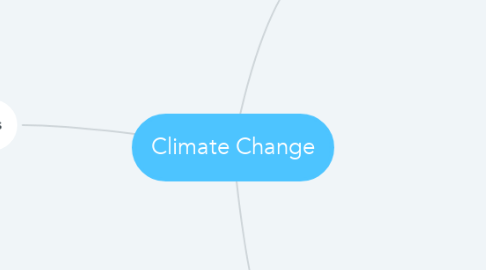Climate Change
by NowZ nowie

1. extreme weathers
1.1. high temperatures
1.1.1. pregnant women, people with heart or lung conditions, young children, older adults, athletes and outdoor workers are in most danger for high temperatures
1.1.2. establish cooling centers, plant trees to lower urban temperatures, educate residents and of course drink plenty of water
1.2. storms and flooding
1.2.1. the risks here are bacteria, viruses and toxic chemicals in flood waters. contaminated food or drink water. mold, and difficulty accesing health care services, like energency help, presubscribed medications, and supplemental oxygen.
1.2.2. older residents, pople with disabilities, and lower income households are more at risk in these kind of events.
1.2.3. preparation: comunites can; find out which neighborhoods, people, and resources are most at risk; updrade infastructures such as roads and sanitary sewer systems and at least educate residents of how to stay safe during this events
2. unhealthy air quality
2.1. longer and stronger pollen seasons, hotter temperatures and changing weather patterns, more frequent droughts are consequences of this
2.2. young children, people with astma and respiratory conditions, older adults and people with a bad immune systems are more at risk to be harmed thanks to this event.
2.3. collabe with community partners to set up helath-focused air qualtiy alert systems, and educating residents on how to check if it safe outside to do exercises
3. disease outbreaks
3.1. pests can multiply faster thanks to high temperatures and so can pests spread to more locations, and infect people over longer periods of time each year (lyme disease, wesr nile virus, zika and hantavirus are consequences of this.)
3.2. people who spend extended time outdoors in areas where pest-borne diseases are common are most at risk
3.3. communities can prepare by creating systems to track and assess population healt effects, and working with local partners on outreach strategies to help residents protect themselves.

